Grilling a New York strip steak on a gas grill is simple—starting with a hot grill, a good cut, and a few smart steps to perfect doneness. This quick guide will walk you through it, with reliable times, temperatures, and pro tips along the way.
⏱️ How Long to Grill New York Strip Steak
Grill 1-inch New York strip steaks over direct heat of 500 °F or higher for 7–8 min total to reach 135 °F for medium-rare.
For medium, grill 9–10 min total to 145 °F, always checking with an instant-read thermometer.

Jump To (scroll for more)
- 👍 Why You’ll Love This Recipe
- 🥩 Ingredients
- 👨🍳 Quick Overview: How to Cook New York Strip Steaks on the Grill
- ⏰ How Long to Grill New York Strip Steaks (Time & Doneness Guide)
- 🔥 Pro Tips for Grilling New York Strip Steaks
- 🍽️ Serving Suggestions
- 🥩 Other Steak Recipes to Try
- ❄️ What to Do with Leftovers
- ❓ FAQs
- 📖The Recipe Card
Featured Comment from Leslie :
⭐⭐⭐⭐⭐"We followed your directions exactly and turned out delicious!"
👍 Why You’ll Love This Recipe
- Simple method: A proven approach anyone can follow, even first-timers.
- Juicy and reliable: Avoid dry steak with a few smart steps.
- Fast: On the table in under 30 minutes, cooked right on your BBQ grill—gas or otherwise.
- Grilled flavor: Get classic sear and light smoky taste without fuss.
- Steakhouse taste, backyard easy: Bold flavor, straightforward cooking, no reservation needed.
🥩 Ingredients
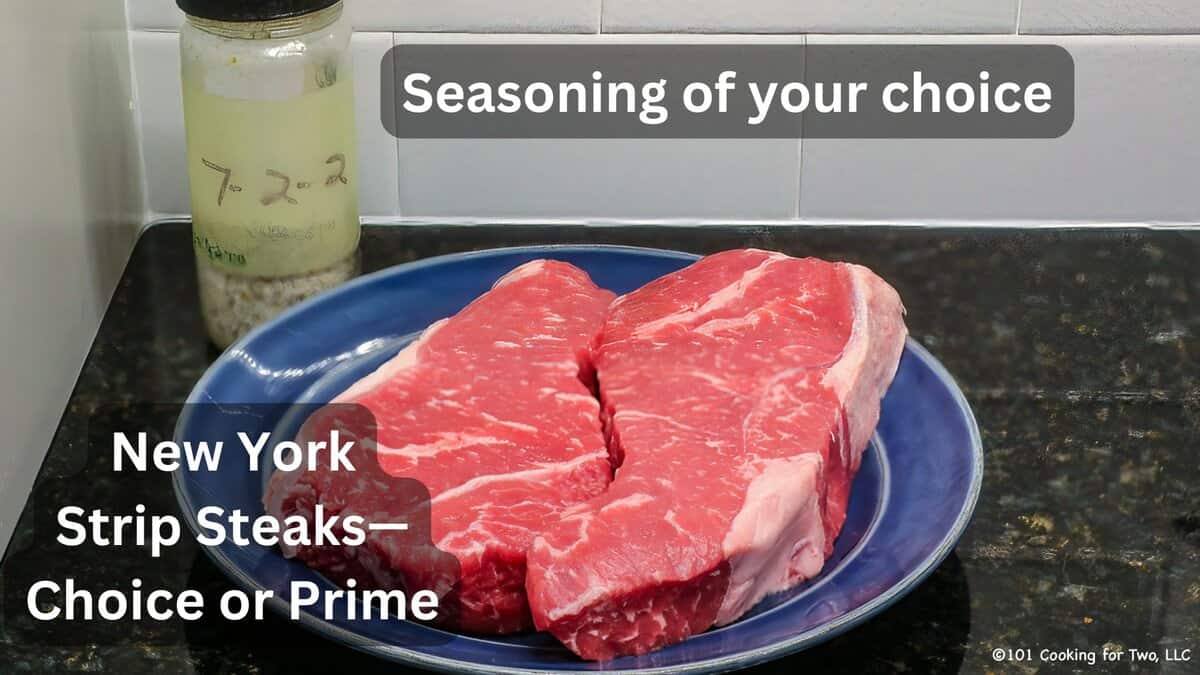
🥩 Strip Steak Selection
Start with high-quality strip steaks—also called striploin steaks. The two most common types are:
- New York strip: Boneless, well-trimmed, and great for beginners
- Kansas City strip: Bone-in, usually thicker with more edge fat
What to look for:
- Thickness: 1 to 1½ inches thick is ideal (1 inch = ~10–12 oz)
- Marbling: Look for fine white fat throughout
- Grade: USDA Choice or Prime preferred for best flavor and tenderness
- Trim if needed: Extra edge fat can cause flare-ups on the grill
- Thinner steaks: ¾-inch cuts work but cook fast—watch your temps closely
🧂 Seasoning Options
- Kosher salt and black pepper are all you need for great results
- I like to use my 7:2:2 seasoning (salt, pepper, garlic) for more flavor
- You can also try Montreal steak seasoning, or herbs like thyme or rosemary
- Timing matters: Salt an hour ahead or just before grilling—never in between
👨🍳 Quick Overview: How to Cook New York Strip Steaks on the Grill
1. Prep
Let rest at room temp for 30 minutes. Trim edge fat and season to taste.

🧂 Seasoning Tip: Salt and pepper are plenty; add garlic or rub if you like.
2. Preheat
Fully preheat the grill to 500°F or higher for great sear and fast cooking. Clean and oil grates before you start.
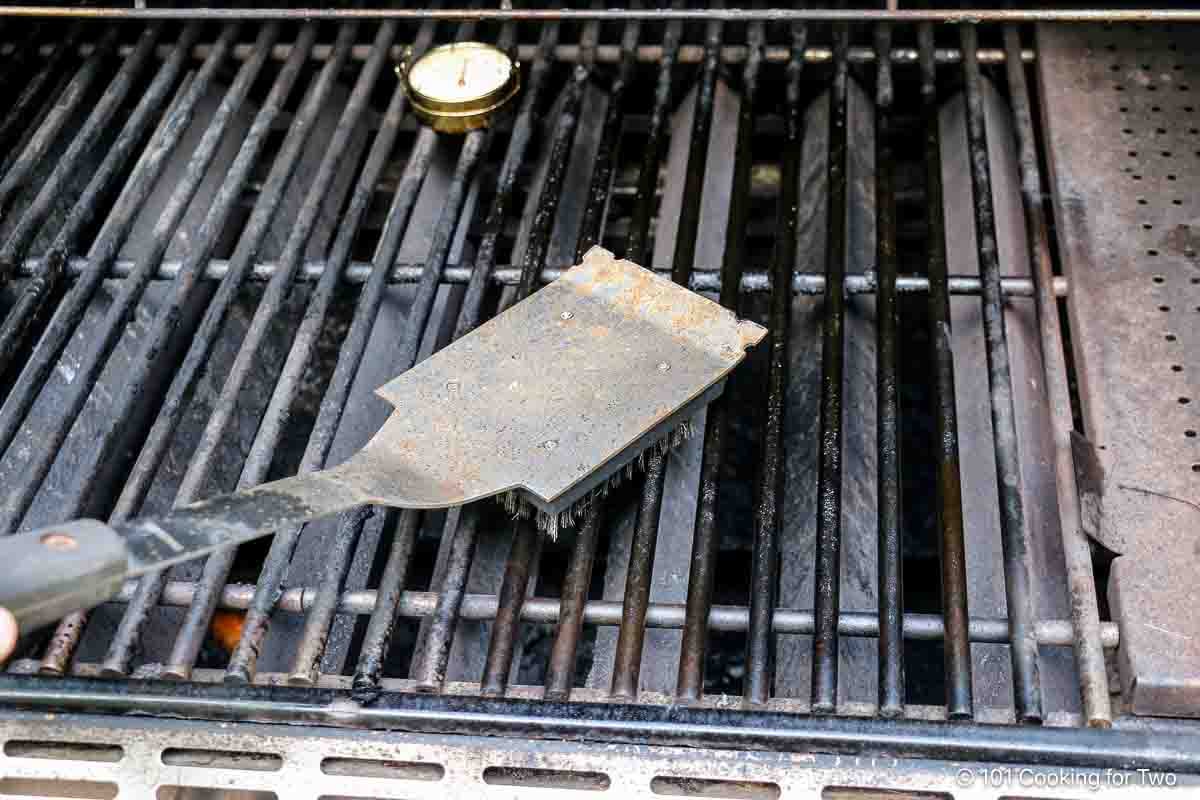
3. Grill
Cook over direct heat, flip every 5 minutes, rotate for marks, stop 3°–5° before final temp.
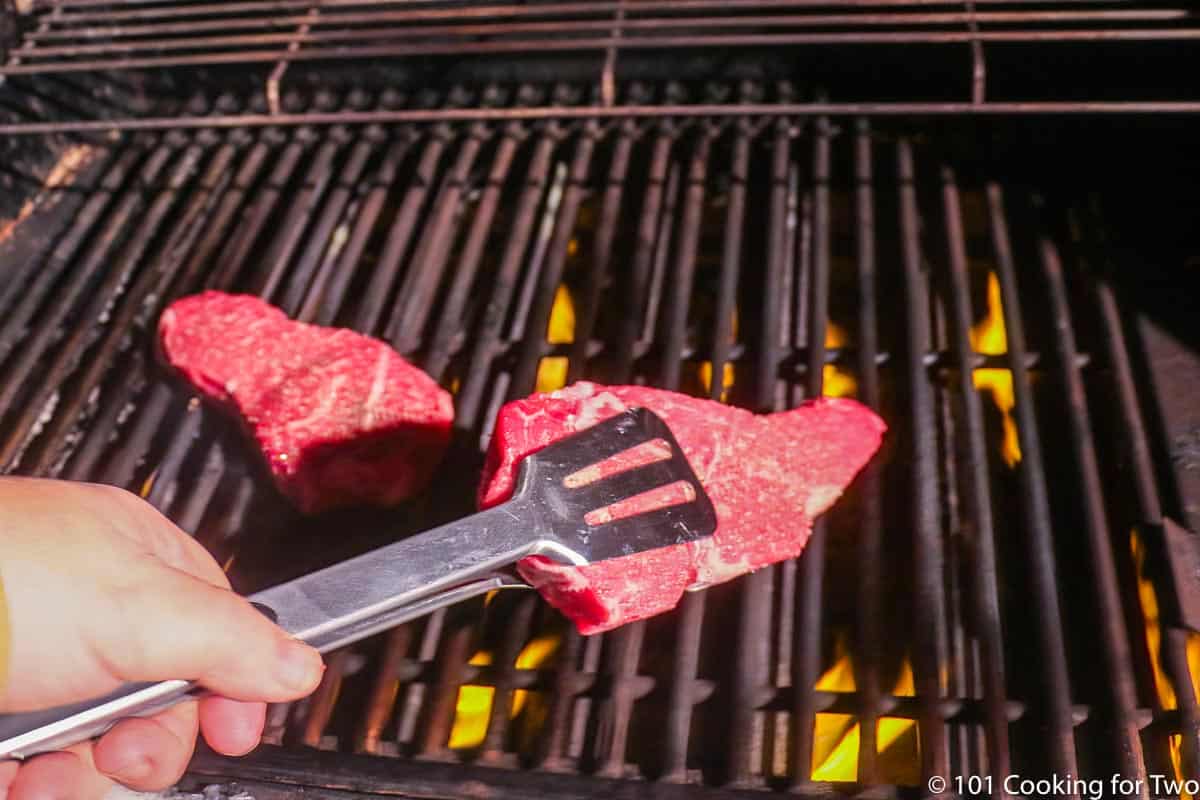
🌡️ Pro Tips: Use an instant-read thermometer to remove the steaks, accounting for residual cooking during the rest.
4. Rest
Let the steak rest 5–10 minutes to finish cooking and lock in juices.

⏲️ Pro Tip: Cutting too soon lets the juices run out—always give it a full rest for the best results.
👇 For complete step-by-step instructions, scroll down to the printable recipe card or keep reading for tips, flavor options, and serving ideas.
⏰ How Long to Grill New York Strip Steaks (Time & Doneness Guide)
A 1-inch thick strip steak takes about 7–8 minutes over high heat to reach 135°F for medium-rare. But always go by internal temperature, not just time.
Pull temps account for 3°–5° carryover cooking during the rest.
Approximate Grilling Times for Doneness
- Rare: 125°–130° (pull at 120°–125°), about 6–7 minutes — cold red center. It’s hard to get right, so only grill the first side for 3–4 minutes and watch closely.
- Medium-rare (recommended): 130°–135° (pull at 125°–130°), about 7–8 minutes — warm red center.
- Medium: 140°–150° (pull at 135°–145°), about 9–11 minutes — pink and firm.
- Medium-well: 150°–155° (pull at 145°–150°), about 12–14 minutes — slight pink center.
- Well-done: 160°+ (pull 5° early), 14+ minutes — brown and firm. Not recommended.
🌡️ Temperature Pro Tip: Final temperature = doneness. Pull temp = 3°–5° below. Carryover = the free finish while resting.
Save this recipe!
🔥 Pro Tips for Grilling New York Strip Steaks
- Trim the edge fat: Helps prevent flare-ups and uneven cooking.
- Watch thickness: Steaks over 1½ inches cook best with a reverse sear.
- Clean and oil the grates: Prevents sticking and gives great grill marks.
- Preheat fully: Surface temperature should reach 500°F or higher before grilling.
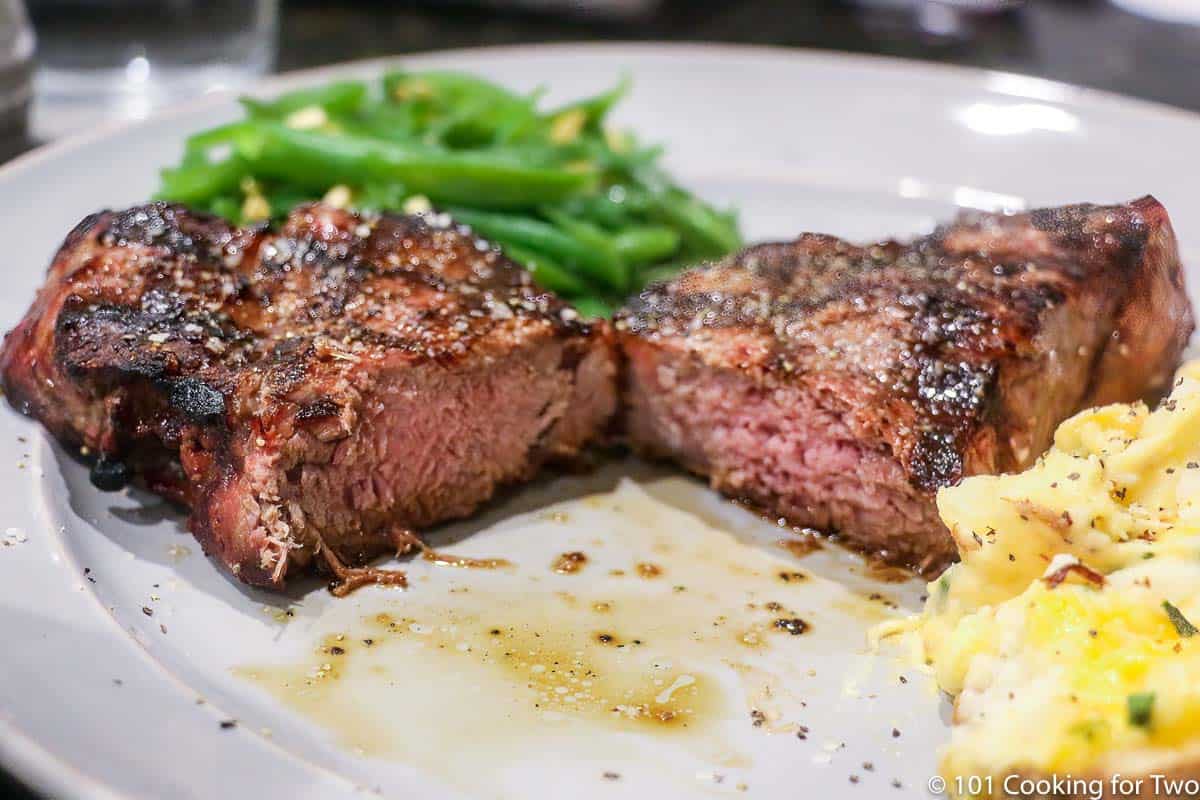
🍽️ Serving Suggestions
Top your steak with a pat of butter—or go big with my blue cheese compound butter.
While grilled steak goes with almost anything you wish, a fresh garden salad always works, and grilled vegetables are even better: Grilled Mixed Vegetables, Grilled Baby Potatoes, Grilled Carrots, or Grilled Corn on the Cob.
Wine pairing? Strip steaks go well with Cabernet Sauvignon, Merlot, or Pinot Noir—bold reds that match the richness of the meat.
🥩 Other Steak Recipes to Try
Looking for more easy, reliable steak recipes? Try one of these:
❄️ What to Do with Leftovers
Leftover strip steak can be stored in the refrigerator for 3–4 days or frozen in an airtight container for up to 3–4 months.
To reheat, warm gently in a skillet with a bit of butter or broth—just enough to take the chill off without drying it out. Or slice it cold for salads, wraps, or sandwiches.
❓ FAQs
Resting before helps it cook more evenly. Resting after lets the juices redistribute and carryover heat finish the job.
No need—there’s enough fat in the meat. Oil the grates, not the steak.
Yes—keep the lid closed while grilling. It traps the heat, locks in smoky BBQ flavor, and cooks the steak faster and more evenly. Leave the lid open only for very thin cuts.
Both work great. Gas is convenient and consistent, while charcoal gives you more smoky BBQ flavor. Use whichever you prefer—this method works with either.
📖The Recipe Card

How to Grill a New York Strip Steak on a Gas Grill
Video Slideshow
Ingredients
- 2 strip steaks - 10-12 oz trimmed well. 1-inch thick recommended.
- kosher salt and pepper to taste - or 7:2:2 seasoning
Step-by-Step Instructions
Prep the steaks
- Let the steaks rest at room temperature for 30 minutes if possible—15 minutes is still helpful.
- Trim excess edge fat to prevent flare-ups on the grill.
- Just before grilling, season with coarse salt and pepper (or 7:2:2). Other dry rubs or marinades are fine, too.
Preheat the grill
- Preheat your gas grill to high heat, aiming for a surface temperature of 500°F or higher. Clean and oil the grates well. Avoid olive oil—it has a low smoke point.
Grill the strip steaks
- Place steaks on the grill over direct heat. Close the lid. Flip every 5 minutes. For crossed grill marks, rotate the steak 90° halfway through each side.
- Grill until the internal temperature is 3°–5° below your final target. Never cook by time only—always cook to a target internal temperature using an instant-read thermometer..
Rest before serving
- Let the steaks rest for 5–10 minutes before slicing. Carryover cooking will finish the steak, and the juices will reabsorb for better flavor.
Recipe Notes
Pro Tips
- Works on gas, charcoal, or pellet grills.
- Stick to 1-inch thick steaks if possible. ¾-inch steaks cook fast and are easy to overdo. Up to 1½ inches thick can be used, but the thicker they are, the harder and longer it takes.
- Salt 1 hour before or just before grilling—not in between.
- Use the seasoning you wish. We use our All-Purpose Seasoning, but Montreal and other mixes or ribs are fine.
- Always use a thermometer. Guessing is how you ruin good steak.
- Times are just planning tools—cook to temp, not the clock.
- For more tips, variations, and serving ideas, see the full recipe post.
Your Own Private Notes
To adjust the recipe size:
You can adjust the number of servings above; however, only the amount in the ingredient list is adjusted, not the instructions.
Nutrition Estimate (may vary)
Originally Published February 8, 2016. Updated with expanded options, refreshed photos, and a table of contents to help navigation.



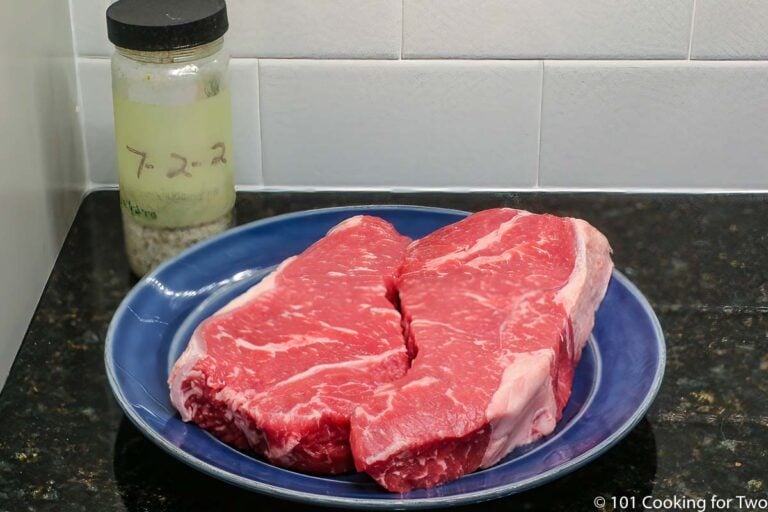
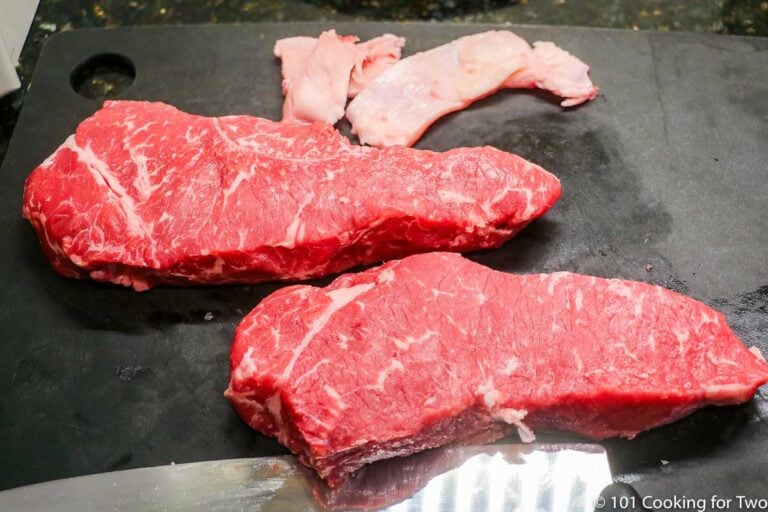
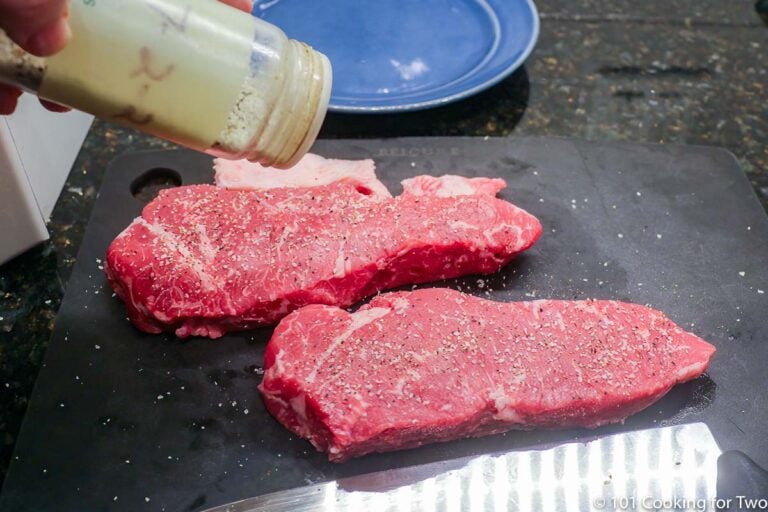
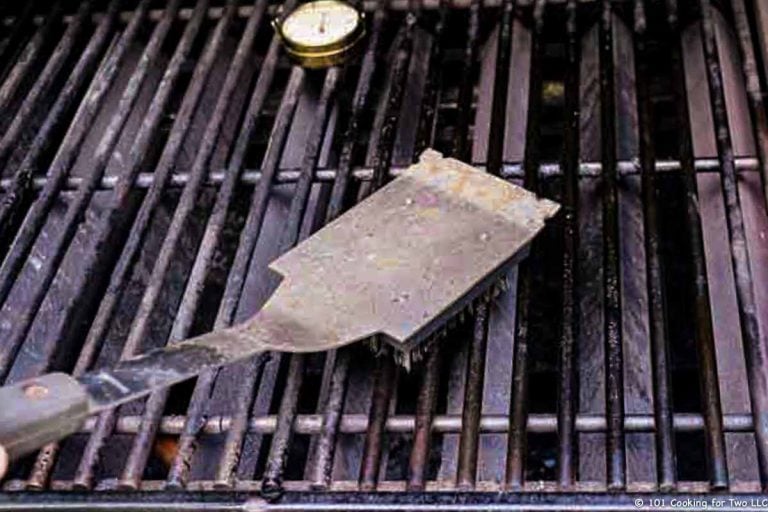
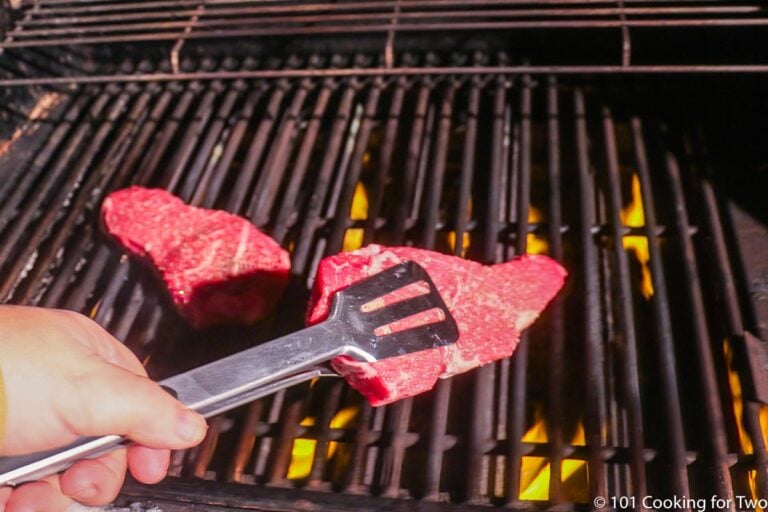
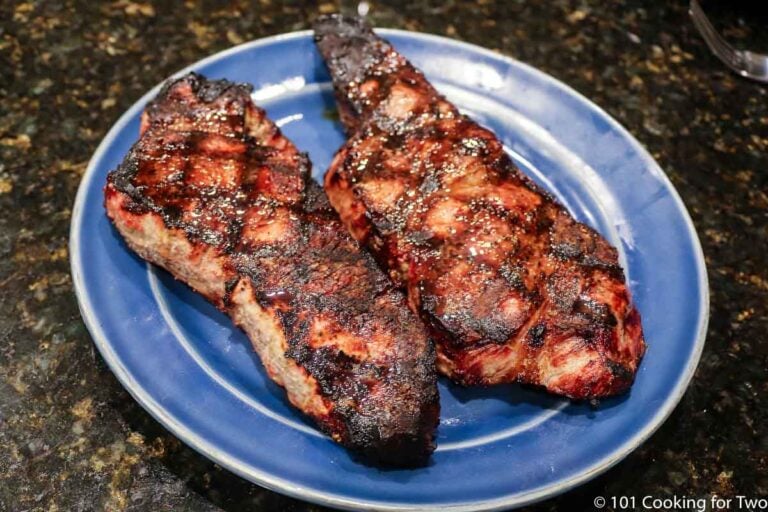

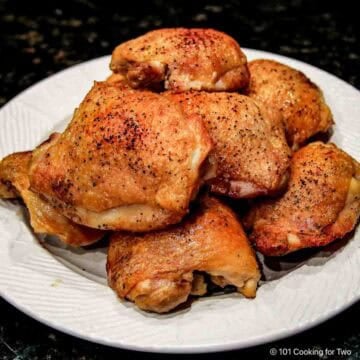
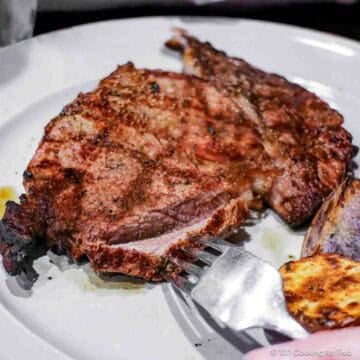
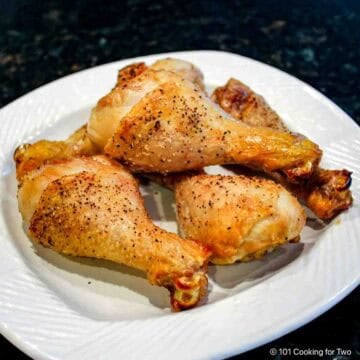
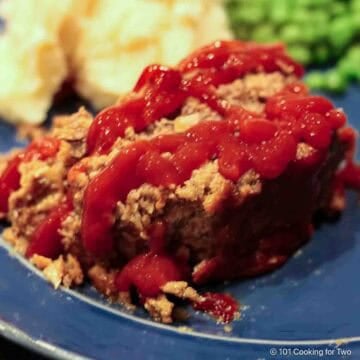
Mary Manello says
I’d love your opinion on this: it may have come from Alton Brown, but to get the most tender steak, I’ve always covered my steaks in kosher salt for about 45 minutes, then thoroughly rinse and paper towel dry (completely pressing & removing all the water). Then, I season with black pepper, garlic powder and onion powder, wrap well and hold in refrigerator until about an hour before grilling. Here’s my dilemma— I haven’t grilled in years due to the grill breaking and now we finally have a new one (gas). WILL MY OLD METHOD STILL WORK? I’ll be using your cooking guide tomorrow! Please reply when you can and God bless you!!
Dan Mikesell AKA DrDan says
Hi Mary,
Welcome to the blog.
There are many ways to get great results. I would at least try what you were happy with before, it is an acceptable technique I have seen before, although I already had my method for years, and saw no reason to change. It is esentually a dry brine with has become more popular in recent years.
Hope that helps
Dan
Tex says
What makes a steak chewy after grilling ?
Dan Mikesell AKA DrDan says
Hi Tex,
Welcome the the blog.
There are many causes of chewy steaks. The two most common are overcooking and the quality of the meat—the cut and marbling. The USDA grading is a rough guide to marbling. Filets are just more tender than sirloin. Prime filets are better marbled than choice grade.
A third common cause is not resting the meat after cooking. Resting allows flows that leave the cells during cooking to reabsorb before cutting.
Aging the steak before cooking and cutting across the grain helps. Using fresh, never-frozen meat tends to be more moist. If frozen, thaw properly.
Be sure to preheat your grill or pan and cook at the correct temperature. Meat tenderizers and marinades may help.
Use seasonings with salt immediately before cooking or 1 hour before. Salt will pull water out of the meat but reabsorb in about an hour.
I'm sure there are a few more, but these are the basics of a good steak.
I hope that helps.
Dan
Theresa says
Hi Dan,
I am used to using my meat tenderizer (with prongs) for making steak, and tried this method without it. For me, steak is so much more tender with a tenderizing gadget, even if using a cheaper cut. I will try again, only add using my tenderizer before putting on the grill...however, the med/rare temp worked well to get the color/doneness on the inside.
Kara says
Cooked up perfect, thanks for the tips!